I flew away with no bigwall climbing experience...
But with the challenge to scramble up one of the walls in the Valley at any cost. My climbing partner was Míla, a longtime friend of mine since the grammar school times. When choosing the ascent, we were not original at all and maybe not even sensible, given our poor experience with climbing such walls. We chose the highest wall – El Capitan, and the most famous route (fortunately one of the easiest on El Cap) – The Nose. The ascent follows the place where two distinctly oriented walls meet in the massif of El Cap, forming a corner that resembles a huge human nose.
The Nose was first climbed in 1958 by Warren Harding and his climbing partners in 45 days, spread over 18 months. In 1975, Jim Bridwell and his team climbed it in one day for the first time, and in 2018, Alex Honnold and Tommy Caldwell made the speed climbing record of 1 hour and 58 minutes.
We climbed it with luck (fortune favours the well prepared, allegedly, perhaps itʼs true), a guide for bigwall greenhorns "How to Bigwall Climb" and thanks to the coincidence of favorable circumstances in 3 days and a part. At least we could "enjoy" the 3 bivouacs in the wall, and we had plenty of time to enjoy all the known pitches and places of the route – the infinitely long Stoveleg Crack on the Dolt Tower, sleeping on the El Cap Tower, the Texas Flake chimney, the Boot Flake feature, the huge King Swing pendulum, the technical pitches of Great Roof and Changing Corners. We also enjoyed other fancies.
One sleeping bag, ground flakes and pink rope
We succumbed to the modern trend of "fast and light" so much that we slept together in one sleeping bag on one mattress and we breakfasted finely ground oatmeal and drank it with clean water (to avoid suffocation). But to replenish our energy, we carried a one kilo weighing box of delicious peanut butter.
For climbing and jumaring of the second climber (he does not climb, but goes up with the help of jumars), we chose the Master 9.7 rope with TeFix treatment which ensures the core and sheath connection. The rope has fulfilled its purpose perfectly, is easy to handle, is soft but also durable. Sharp teeth of the jumars that bite into it during the ascent of the second climber did not hurt it (I do not count the lightly scuffed sheath).
We used a static rope named Static 10.5 to pull the pig (slang for a durable backpack to store mainly water, it is pulled separately on another rope). On departure, we donated it to charity, probably now it is serving as a fix on some of the bivouac shelves on the wall of El Cap. However, I would recommend a thinner static rope to any followers. Certainly a rope with a diameter of about 8 mm is enough.
I wish everyone to visit Yosemite at least once in the lifetime, just seeing El Cap or Half Dome is worth it. Climbing possibilities here will last for several lives, there are thousands of routes in the twelve kilometre long valley – from shorter single-pitch and one-day routes to routes several hundreds of metres long where you will spend several days. Climbing is specific here, you learn something new every day, you will probably do some movements and techniques for the first time in your life. You would hardly find a similar place elsewhere in the world. I recommend books "Camp 4" by Steve Roper and "On the Nose" by Hans Florin to readers.


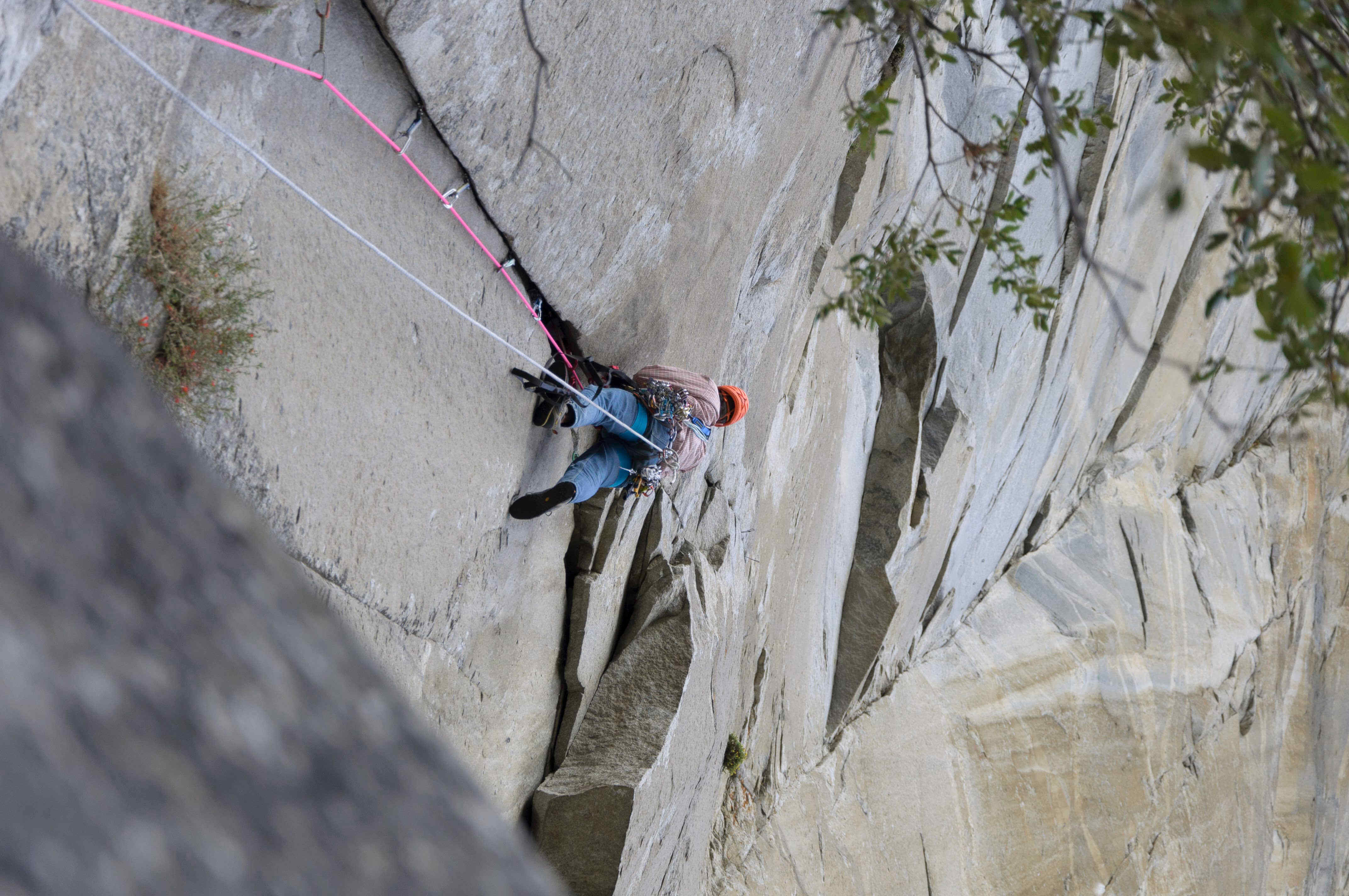
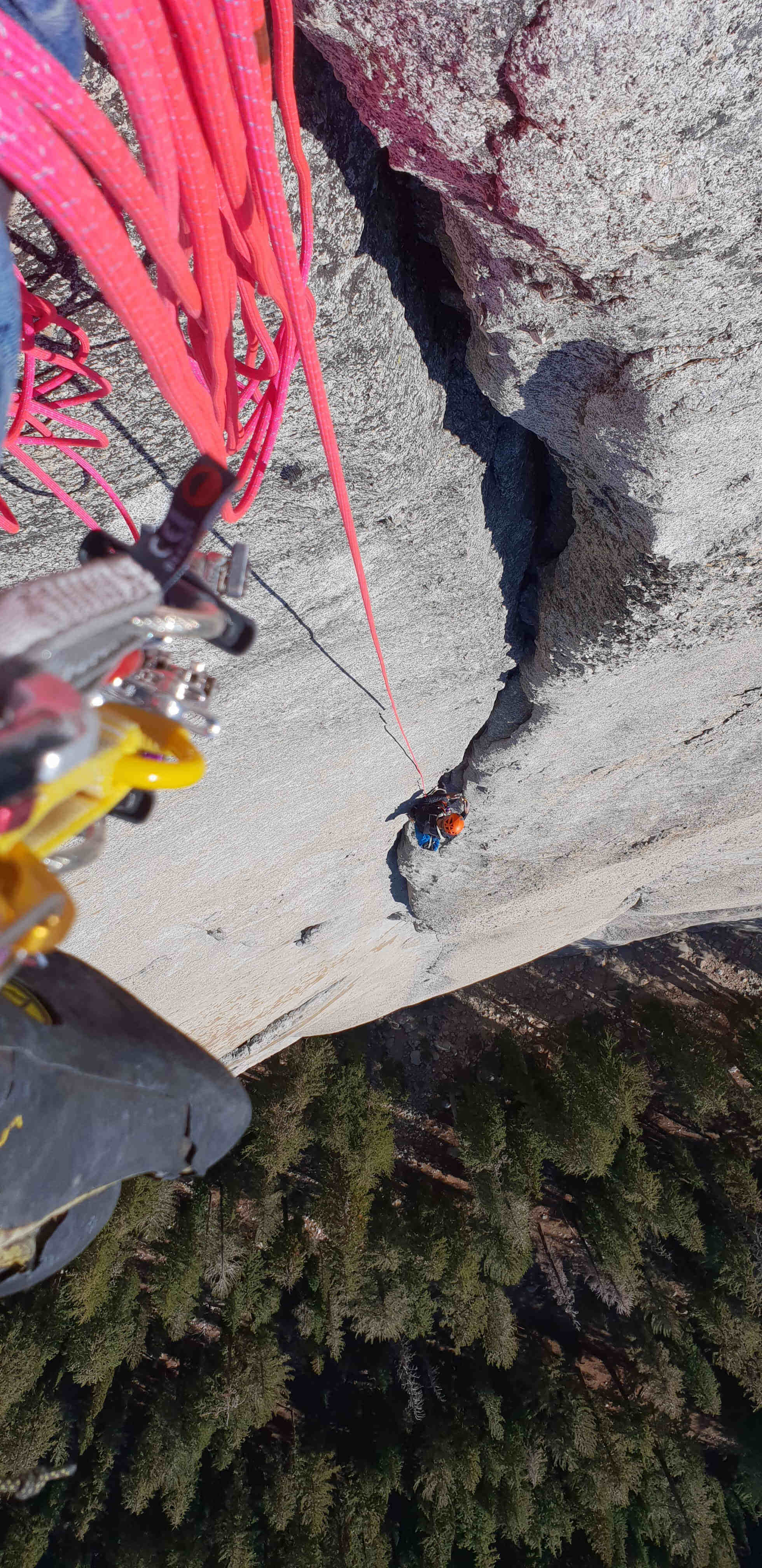
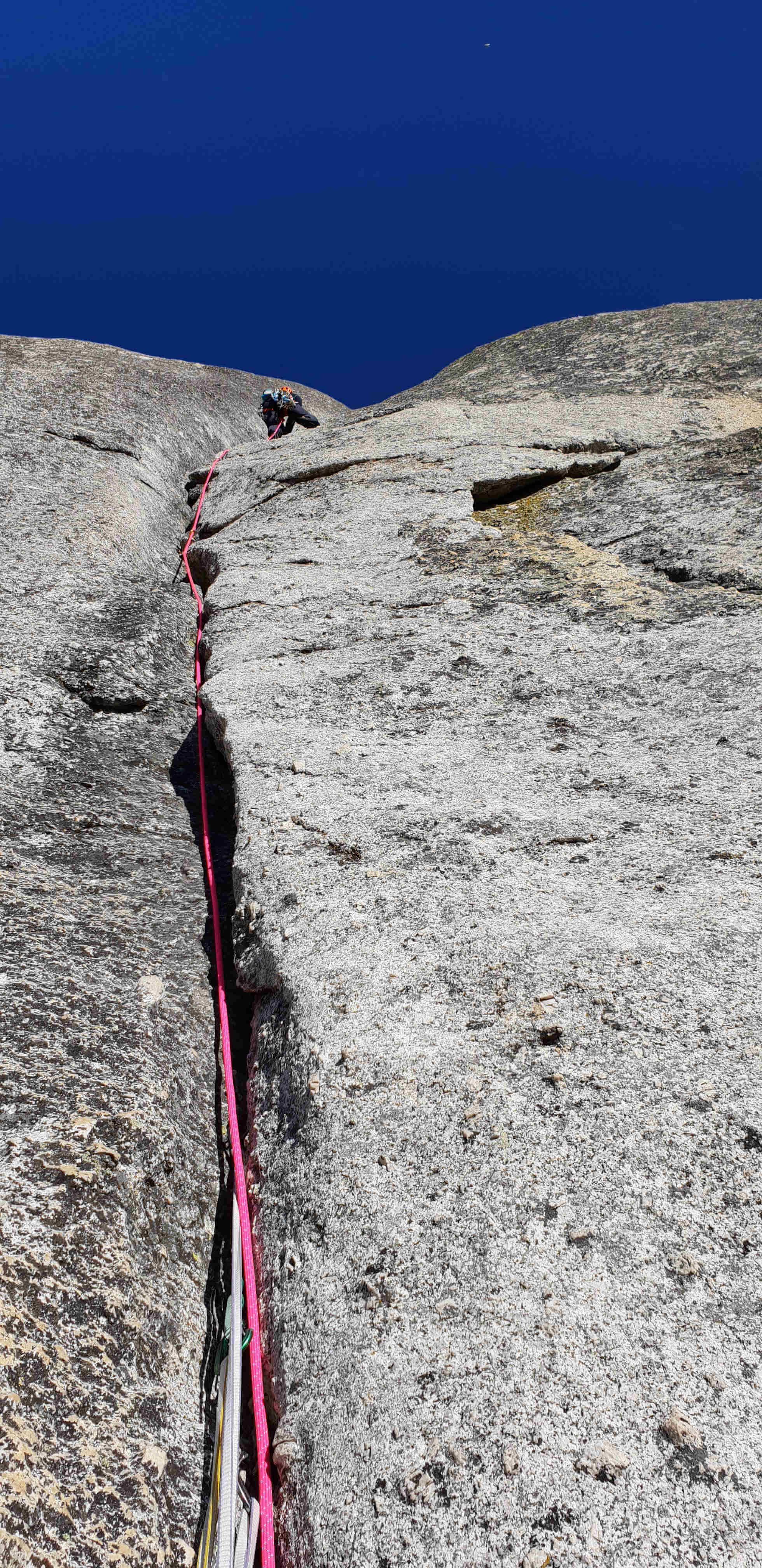
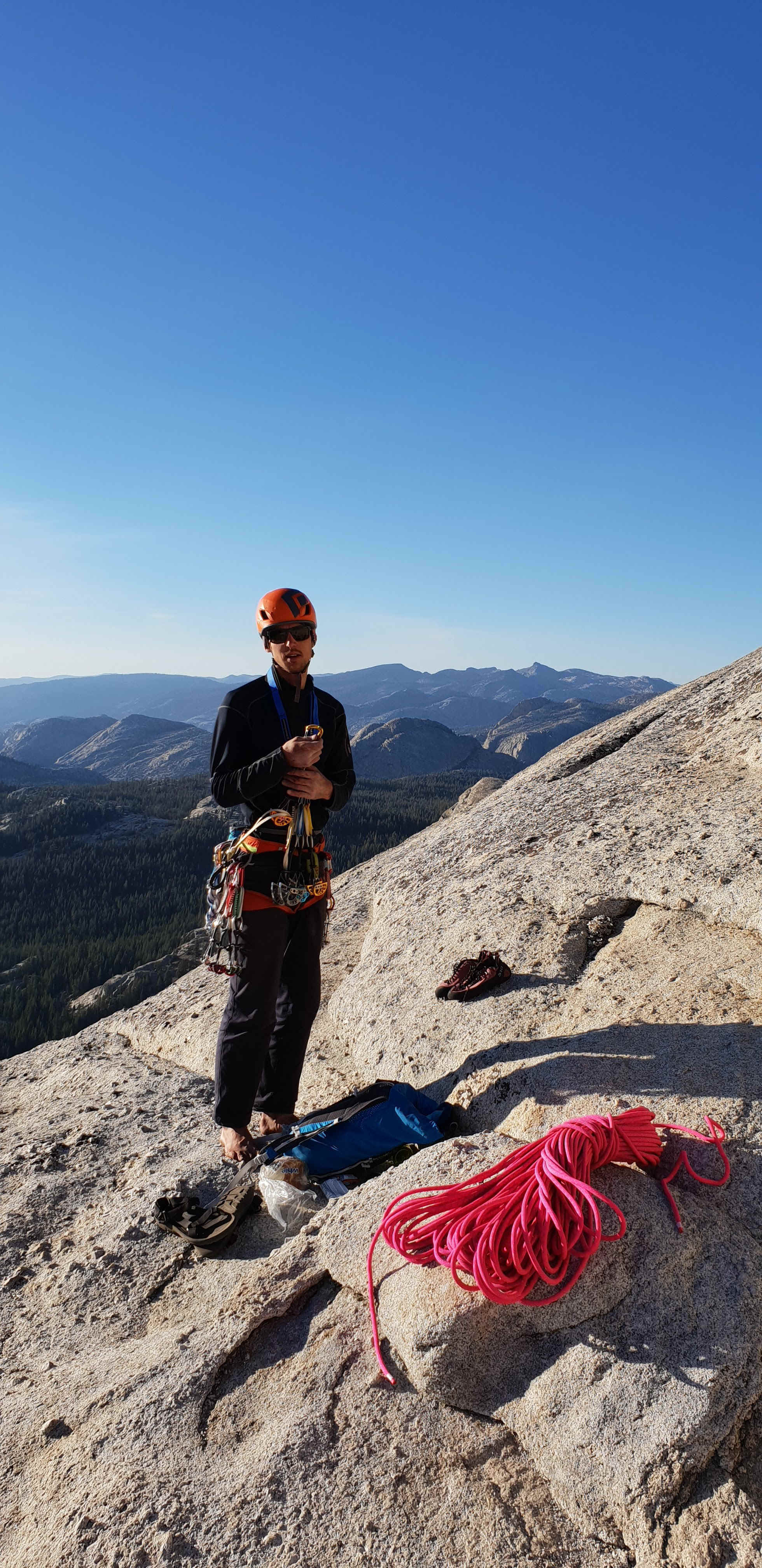
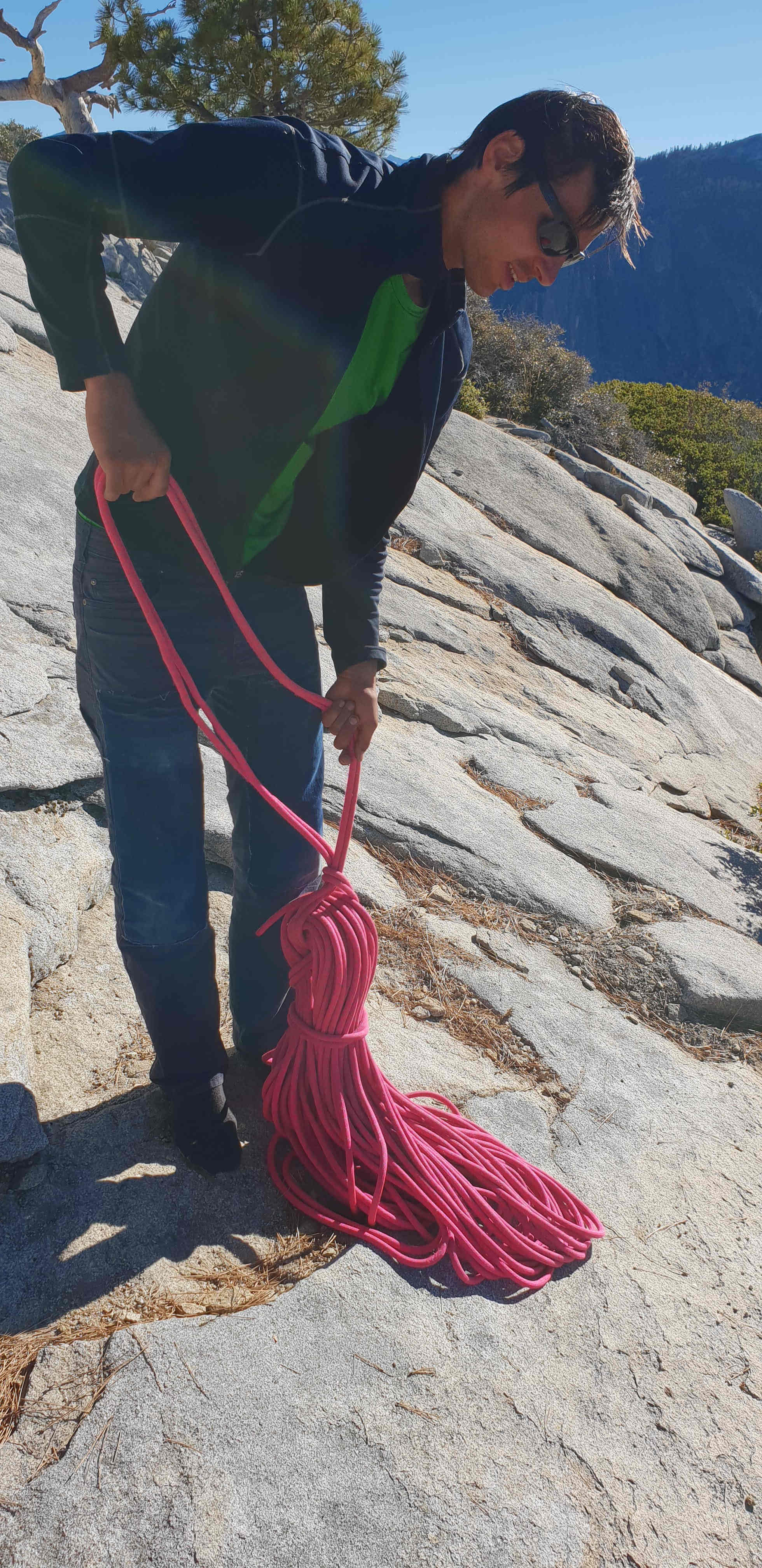
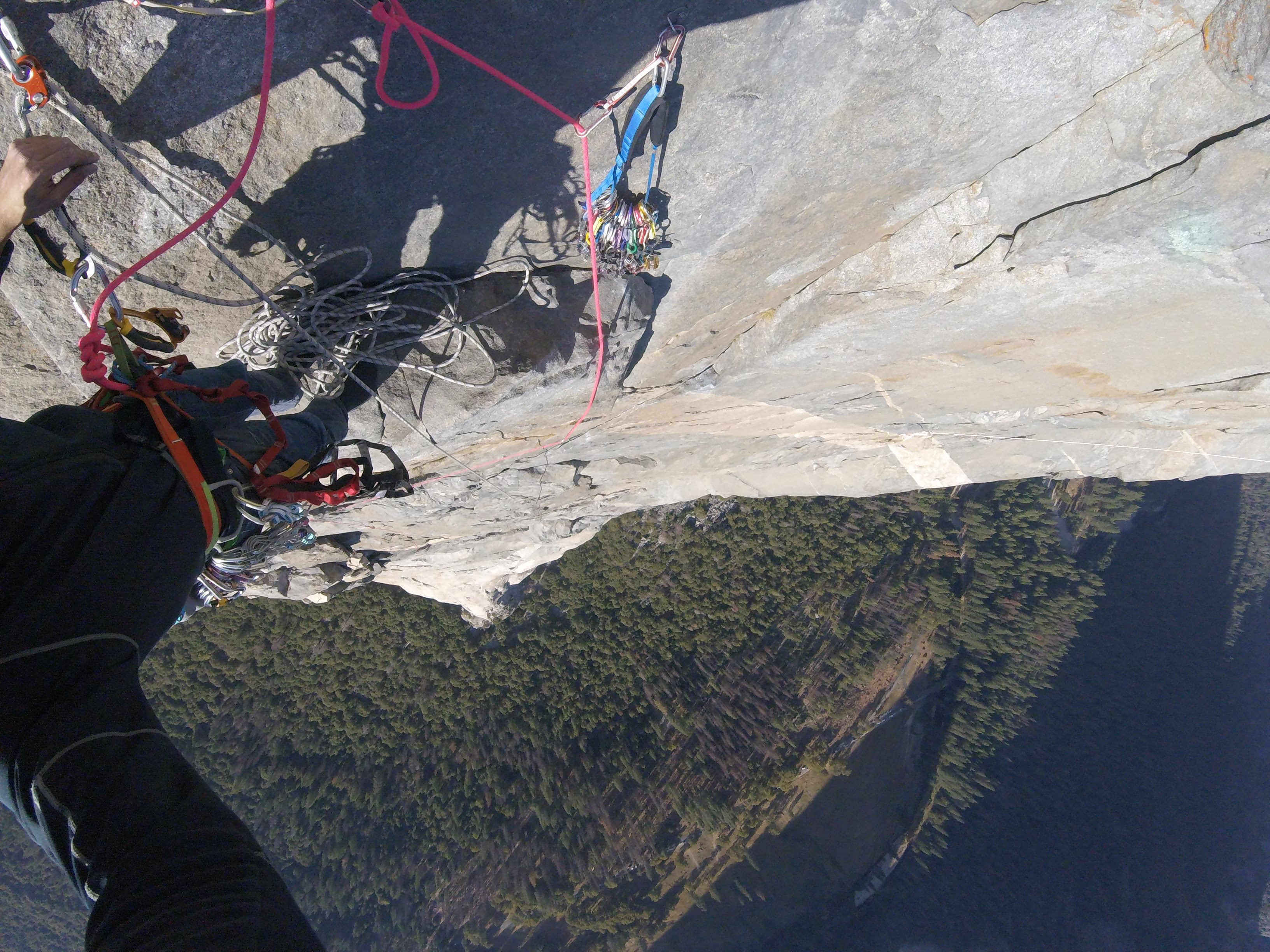
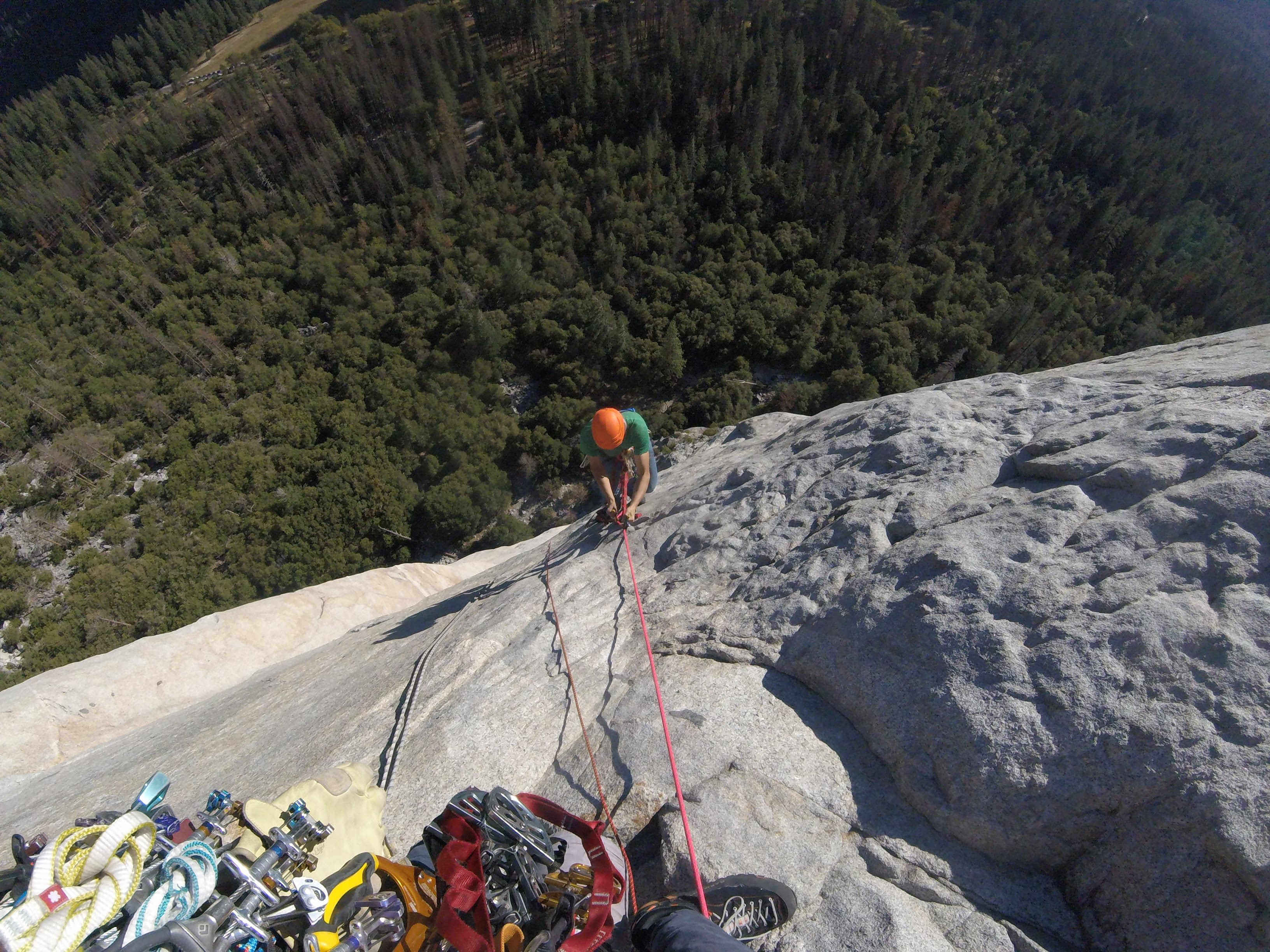
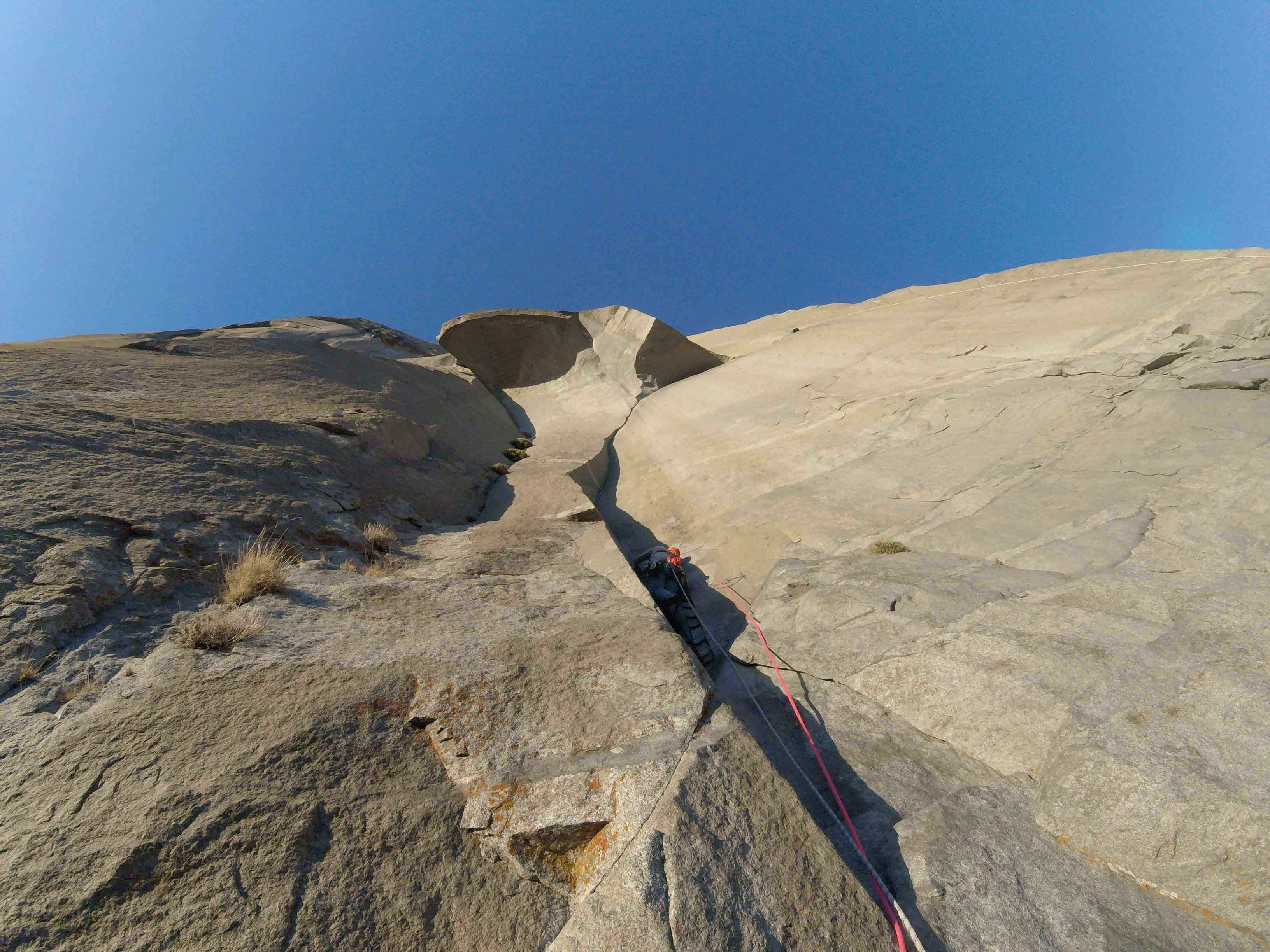
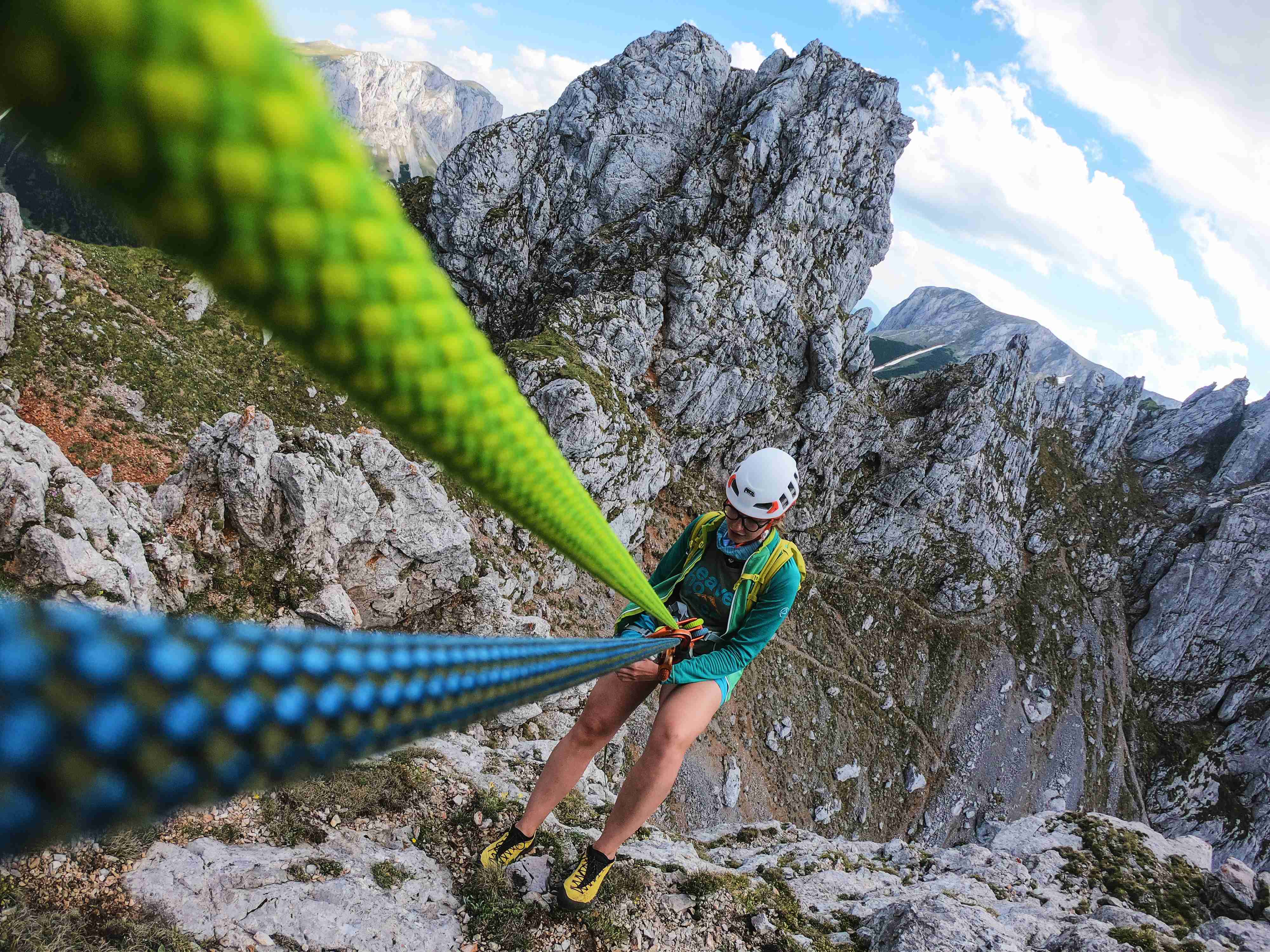
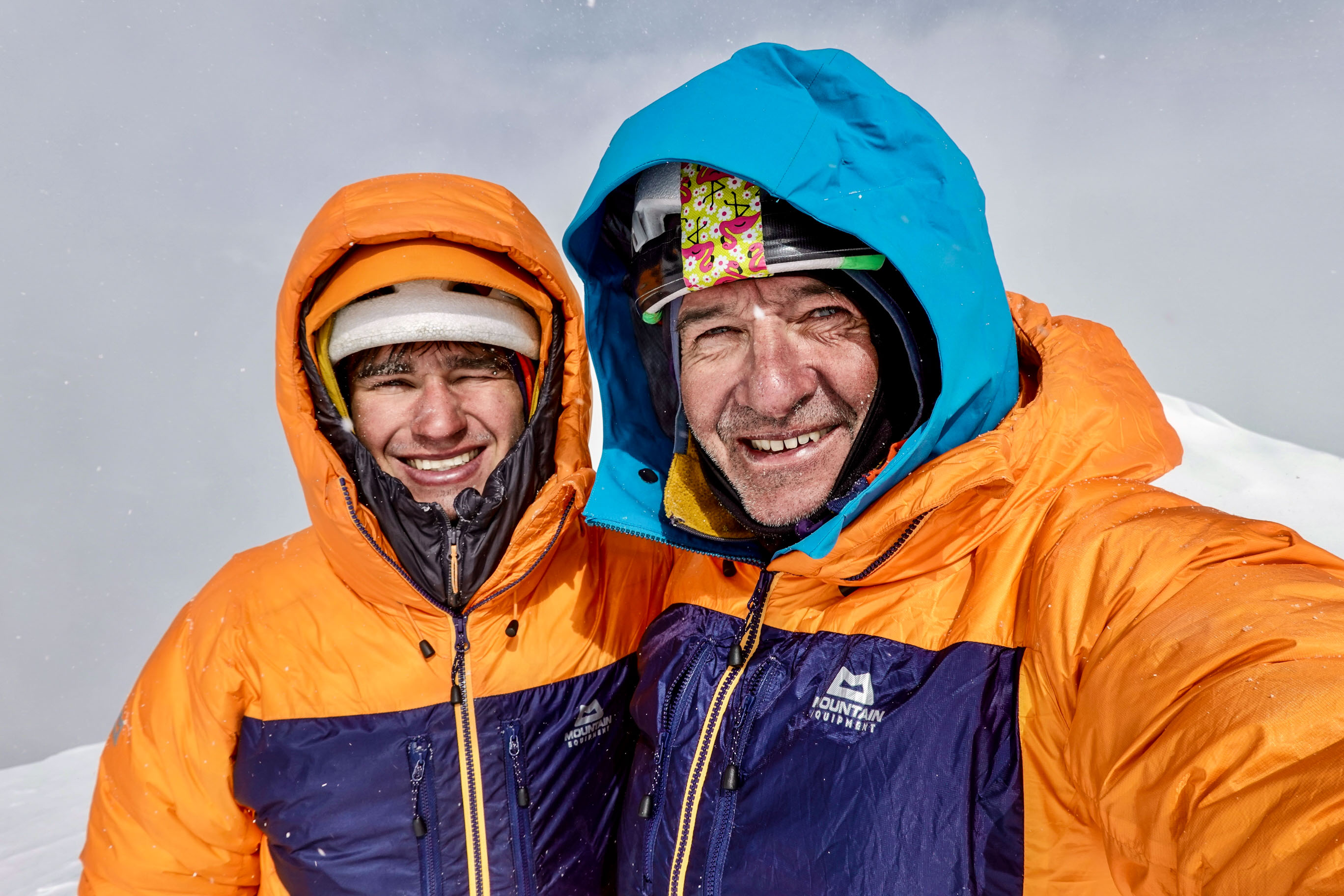
Comments (0)
There is no comment on this article.
Comments can only be inserted by logged-in user.